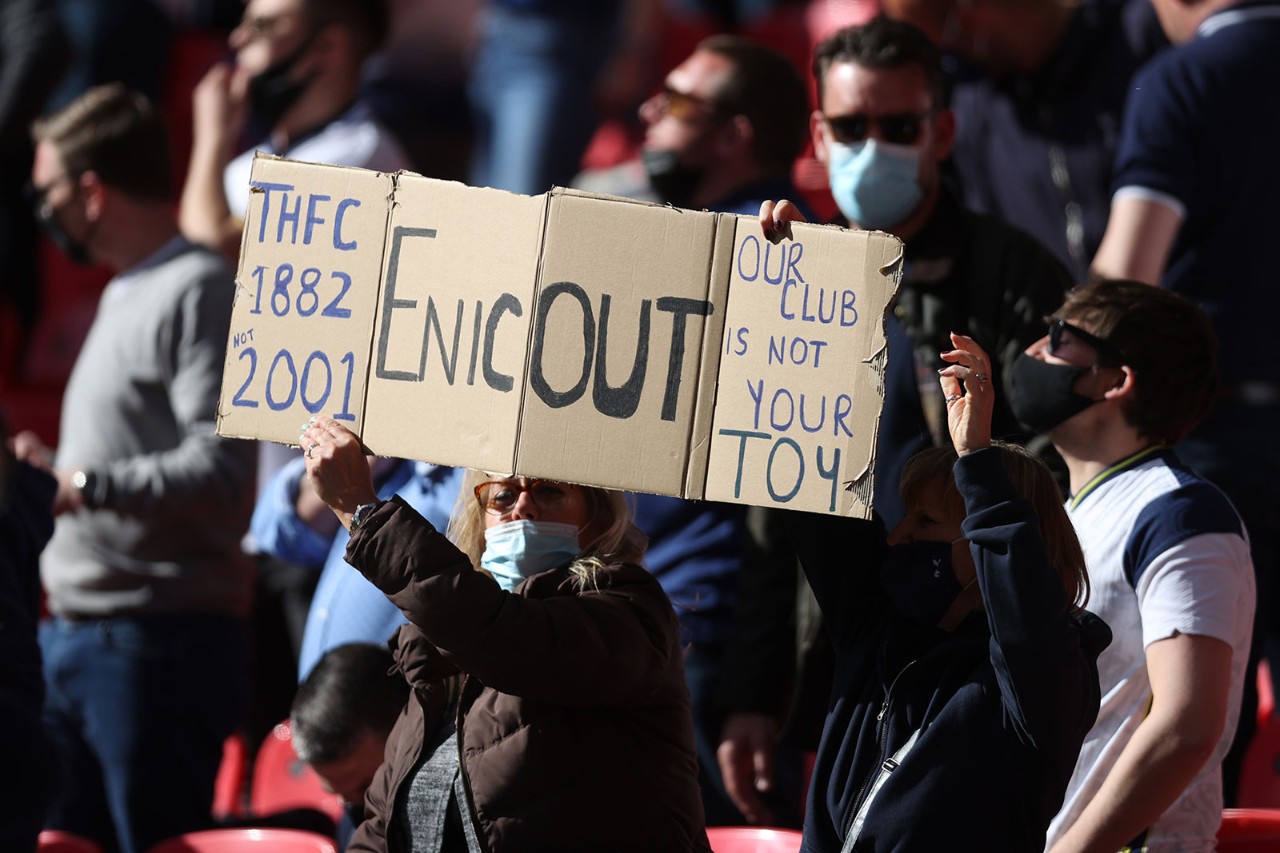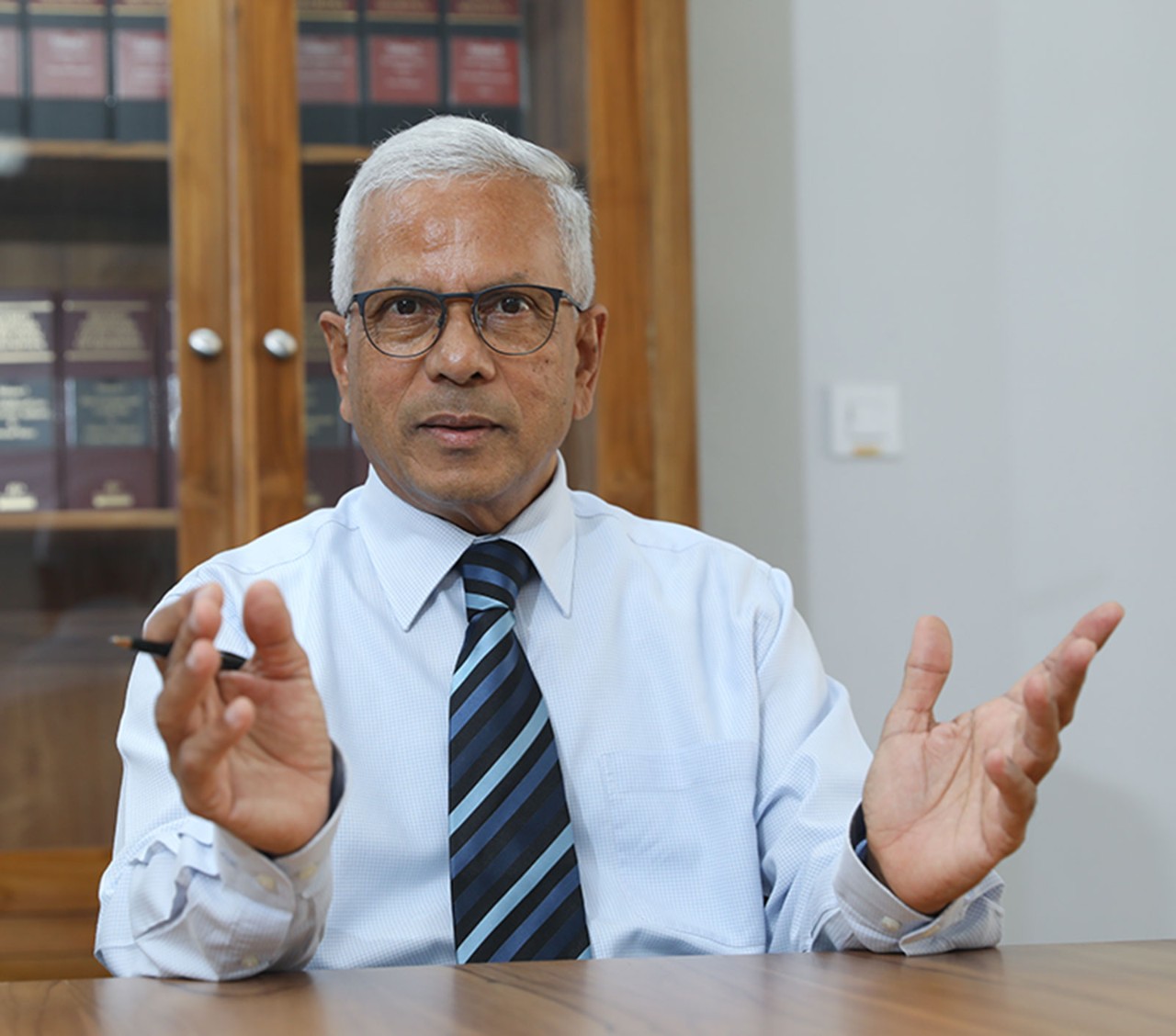
Sustainability and risk are becoming truly central to the assessment of corporate performance. While companies clearly still need to be financially viable, the old formulations of revenue, profit and shareholder returns are no longer the exclusive proxies for value.
That might not be great news for those whose career aspirations involve exercising power through managing columns of figures. But those who put their faith in the core professional accounting skills of analytical thinking, anomaly identification and performance reporting are more likely than ever to find themselves taking up commanding positions in organisations.
Of all the skills possessed by the professional accountant, few are as valuable as the ability to collaborate. That’s not so much a worthy sentiment as a modern reality. In today’s environment of rapid change, where new approaches to old problems constantly need to be developed, the ability to collaborate effectively can make – or in its absence, break – the professional.
Collaboration does not mean the absence of conflict but the resolution of conflict. It is achieved by working towards a common goal, acknowledging there will be differences of opinion, and agreeing to manage them on the basis of relationships of trust and respect.

Collaboration does not mean the absence of conflict but the resolution of conflict
Clarity of purpose
Successful collaboration has three key inputs. The first is clarity of purpose about the task in hand. Spend time at the start of a project or task to ensure everyone is agreed on what the purpose of the work is – not the what, but the why; not ‘rolling out a new reporting system’, but ‘enabling the business to monitor and address performance in real time’.
Clarity of purpose allows conflicting views to be framed as contributions towards achieving that common purpose, rather than as turf wars. It not only allows differences to be depersonalised but also makes it easier to respond effectively to shifts in circumstances or knowledge that threaten to delay or derail work.
Agree how to disagree
The second input is mutually agreeing an approach for dealing with disagreements. Intractable issues can always arise in a project. It is essential to agree how they can be resolved in case they do crop up. Discuss what channels are available for resolution, and how you intend to use them. Establish mechanisms such as structured problem-solving workshops for tackling wicked problems.
This is particularly important in the context of senior stakeholders. Is it better to present a united front, or to address their specific interests separately? Should options be presented for them to make a choice, or their help asked for in reaching a solution? Agreeing how to move forward here both within your team and with senior stakeholders can also serve to keep accountabilities clear up and down the chain.
Respect
Everyone brings different skills and experiences to the table in any true collaboration. That has the effect of taking everyone out of their comfort zone. Every team member – especially the leaders – needs to be prepared to be challenged, and that must happen in a way that demonstrates mutual trust and respect.
This can be a challenging requirement in demanding, high-stakes projects. Maintaining emotional equilibrium is a skill that every aspiring leader should build. That skill can be promoted in collaborative contexts by agreeing that any behaviour that is experienced as disrespectful can and should be called out, at the time it happens, by the person experiencing it or by anyone else.
Collaboration is not easy, but it can be learnt, through focus and practice. For organisations and professional accountants alike, it is as valuable a skill as analytical thinking, anomaly identification and performance reporting.




